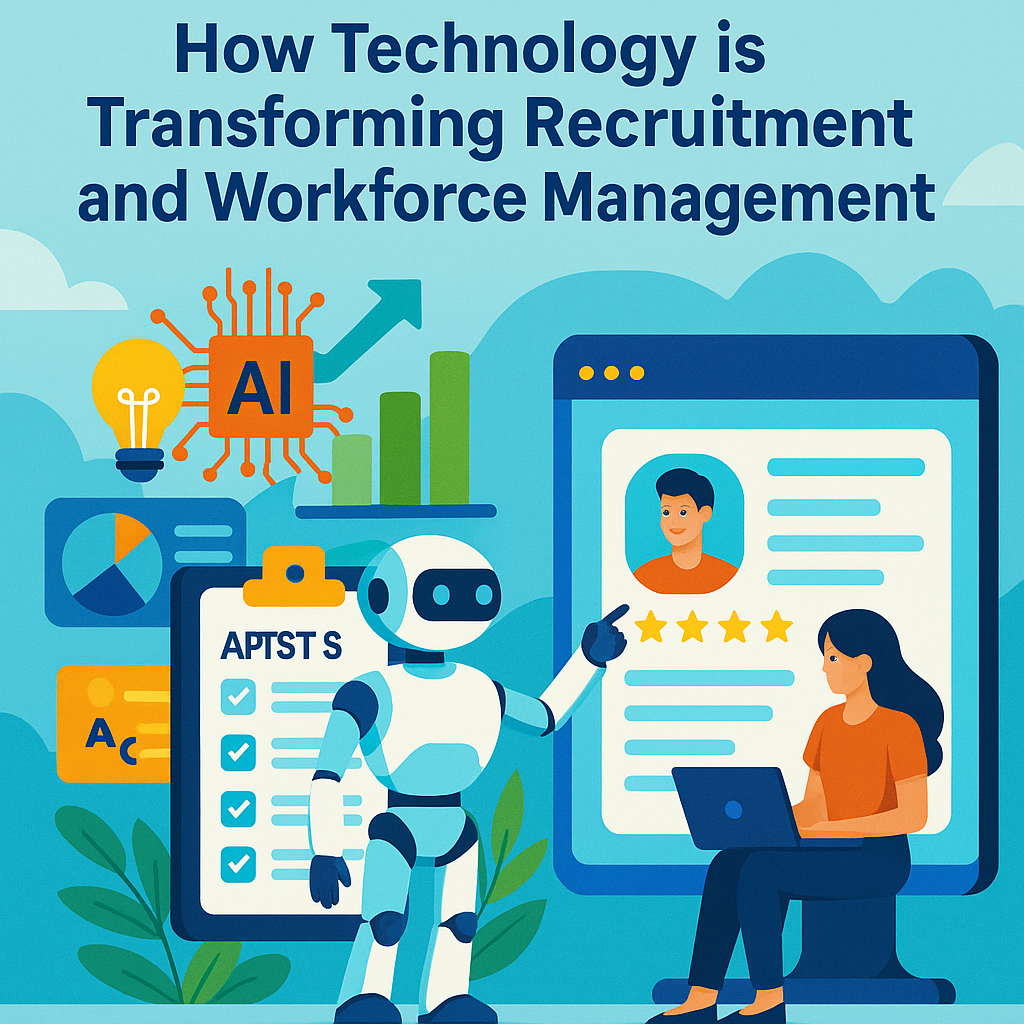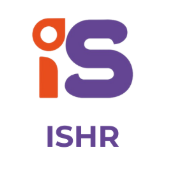Introduction: Technology Driving a New Era in Recruitment
The recruitment industry is undergoing a seismic shift, driven by innovations in HR tech that are reshaping how organizations attract, assess, and hire talent. Traditional hiring methods are being replaced by smarter, faster, and more data-driven approaches. Companies are embracing AI in hiring, hiring automation, and applicant tracking systems to stay competitive in an evolving job market. These tools not only optimize recruitment processes but also enhance the overall experience for both recruiters and candidates, laying the foundation for modern workforce management.
AI in Hiring: Smarter Screening and Selection
One of the most impactful innovations in recruitment is the integration of AI in hiring. Artificial intelligence enables recruiters to automate time-consuming tasks such as resume screening, skill matching, and even candidate outreach. More importantly, AI is used in recruitment to assess candidates based on data, not just intuition, reducing human bias and improving the quality of hire. With natural language processing and machine learning AI tools analyze candidate profiles to determine job fit, cultural alignment, and future performance potential, revolutionizing the way decisions are made during the hiring process.

Applicant Tracking System: The Backbone of Modern Recruitment
A robust applicant tracking system (ATS) is no longer optional; it’s essential. ATS platforms help organizations streamline job postings, organize applicant data, and manage the entire hiring pipeline from a centralized dashboard. For recruiters seeking efficiency, the best applicant tracking system for recruiters offers advanced functionalities like AI-powered resume parsing, candidate scoring, automated messaging, and interview scheduling. By using an ATS, HR teams reduce time-to-hire, enhance collaboration across departments, and maintain a consistent hiring experience across all roles.
Hiring Automation: Increasing Speed Without Sacrificing Quality
Hiring automation is the engine behind today’s accelerated recruitment cycles. It eliminates manual tasks like sending emails, scheduling interviews, and conducting initial screenings, allowing recruiters to focus on strategic planning and relationship building. When integrated with AI in hiring, automation tools can also identify top candidates from large talent pools in real time. This reduces administrative burden, minimizes errors, and ensures recruiters can respond quickly to urgent hiring needs all while maintaining a high standard of candidate evaluation and engagement.
How AI is Used in Recruitment Beyond Screening
Understanding how AI is used in recruitment reveals its role beyond just resume filtering. AI-powered chatbots now handle candidate queries, guide applicants through the hiring process, and provide real-time feedback. These systems enhance candidate engagement and offer a more human-like interaction without consuming recruiter bandwidth. Furthermore, AI algorithms can evaluate social media presence, communication patterns, and even video interviews to provide deeper insights into candidate behavior and suitability, helping recruiters make informed and unbiased decisions.
Predictive Analytics: Forecasting Talent Needs and Outcomes
Predictive analytics has emerged as a powerful tool in workforce planning and recruitment strategy. By analyzing historical data, performance trends, and market dynamics, predictive models help companies anticipate future hiring needs and potential employee turnover. This empowers HR teams to proactively build talent pipelines rather than reactively filling vacancies. In recruitment, predictive analytics can identify patterns in successful hires, enabling continuous improvement in job postings, candidate selection, and onboarding processes, ultimately increasing retention and reducing cost-per-hire.
HR Tech Integration: Building a Unified Talent Ecosystem
The most forward-thinking organizations are leveraging integrated HR tech ecosystems where applicant tracking, onboarding, learning, and performance tools work seamlessly together. This holistic approach improves operational efficiency, enhances the employee lifecycle experience, and delivers unified data insights. When platforms like ATS, HRIS, and performance management systems are interconnected, HR leaders gain a 360-degree view of their workforce, allowing for better decision-making and more agile responses to business challenges.
Conclusion: The Future of Recruitment is Tech-Driven
The future of recruitment and workforce management lies in embracing technology-driven solutions that combine speed, intelligence, and personalization. Tools like AI in hiring, predictive analytics, and the best applicant tracking systems for recruiters are not just enhancements; they’re necessities for staying competitive in today’s talent-driven economy. As hiring automation and HR tech continue to evolve, organizations that invest in these innovations will be better equipped to attract, engage, and retain top talent, setting themselves up for long-term success.
